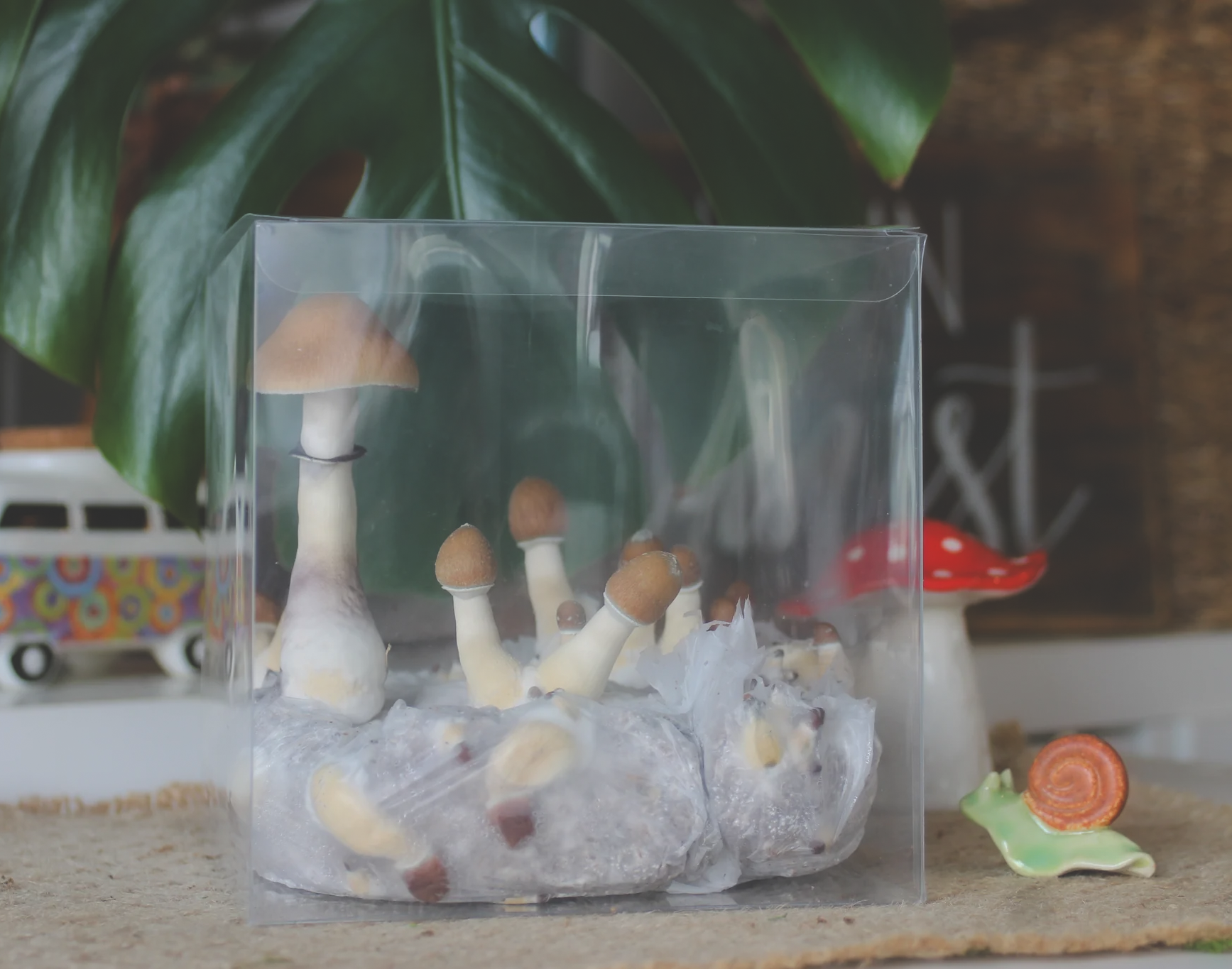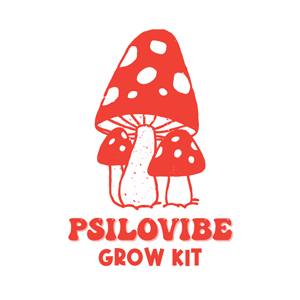Welcome to our mushroom growth section, where we delve into the fascinating journey of cultivating mushrooms from tiny spores to bountiful harvests of delicious fungi. Whether you’re a novice or a seasoned grower, understanding the growth process is essential for a successful harvest. Let’s explore the key stages, factors influencing growth, and troubleshooting tips to ensure your mushroom-growing experience is nothing short of extraordinary.

Growth Stages
Inoculation:
This marks the beginning of your mushroom cultivation journey. Spores or spawn are introduced to a suitable substrate, where they begin to colonize and establish themselves.
Spawn Run:
During this stage, the mycelium, the vegetative part of the fungus, spreads throughout the substrate, forming a network of fine threads. This process is crucial for nutrient absorption and preparing the substrate for fruiting.
Pin Formation:
As the mycelium matures, it initiates the formation of tiny pin-like structures, signaling the onset of mushroom formation. These pins will eventually develop into mature mushrooms.
Fruiting:
This is the stage where mushrooms visibly emerge and grow in size. Proper environmental conditions are essential at this stage to support healthy mushroom development.
Harvest:
Once the mushrooms reach their optimal size, they are ready to be harvested. Timing is crucial, as harvesting too early or too late can affect the flavor and texture of the mushrooms.
Factors Affecting Growth
Successful mushroom cultivation relies on maintaining optimal environmental conditions. Here are some key factors to consider:
Light:
While mushrooms don’t require light for growth, they do need indirect light or low-level ambient light to orient their growth. Avoid exposing mushrooms to direct sunlight, as it can lead to drying out or overheating.
Nutrients:
The substrate serves as the primary source of nutrients for mushroom growth. Ensure that the substrate is properly sterilized and enriched with organic matter to support healthy mycelial growth.
Water:
Maintaining adequate moisture levels is crucial throughout the growth process. Mushrooms require high humidity levels for proper fruiting. Regular misting or humidity control measures may be necessary, depending on the growing environment.
Temperature:
Different mushroom species have specific temperature requirements for optimal growth. It’s essential to maintain consistent temperatures within the ideal range for your chosen mushroom variety.
Troubleshooting
Even with careful attention to detail, issues may arise during the mushroom-growing process. Here are some common problems and how to address them:
Contamination:
Mold, bacteria, or other contaminants can hinder mushroom growth. Ensure proper sterilization techniques and maintain a clean growing environment to minimize the risk of contamination.
Slow Growth:
If your mushrooms are taking longer than expected to develop, review your environmental conditions and ensure that all parameters are within the optimal range. Adjustments may be necessary to encourage faster growth.
Uneven Fruiting:
Inconsistent mushroom growth may be due to variations in environmental conditions or substrate composition. Try to maintain uniform conditions throughout the growing area to promote even fruiting.
By understanding the growth stages, optimizing environmental factors, and addressing common issues, you’ll be well-equipped to cultivate healthy and abundant mushrooms with our growth kits. Happy growing!


